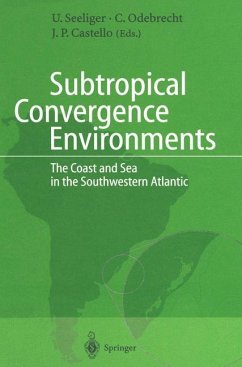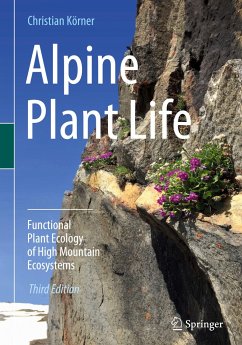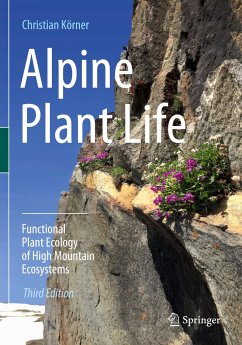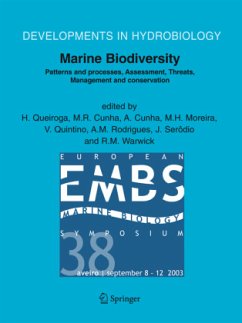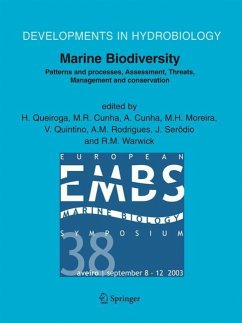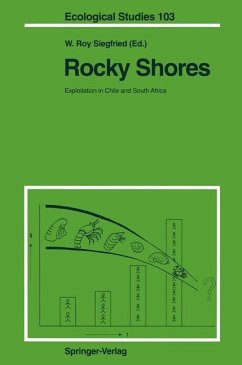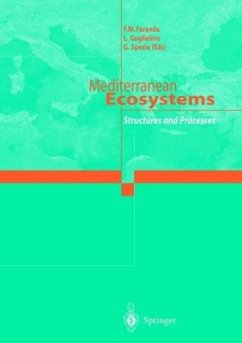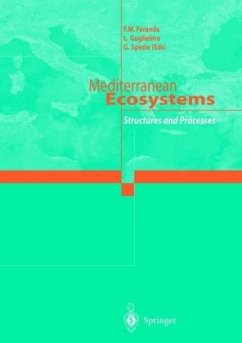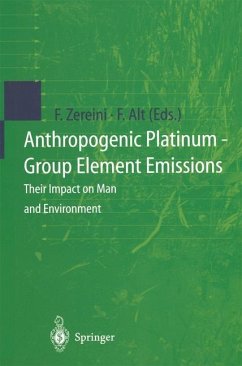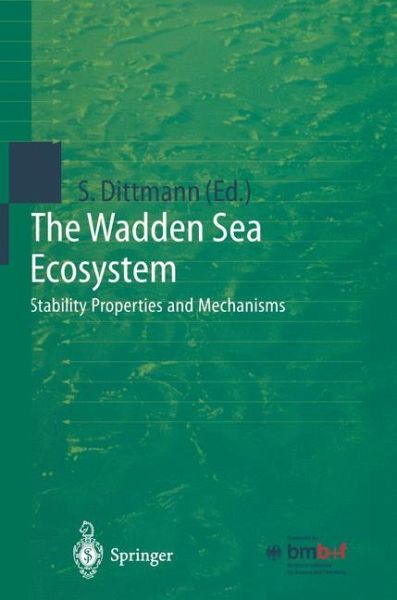
The Wadden Sea Ecosystem
Stability Properties and Mechanisms
Herausgegeben: Dittmann, Sabine
Versandkostenfrei!
Versandfertig in 6-10 Tagen
76,99 €
inkl. MwSt.

PAYBACK Punkte
38 °P sammeln!
This book covers the synthesis of the joint research project ELA W AT (Elastizitat des Okosystems Wattenmeer = Resilience of the Wadden Sea Ecosystem), which was part of the "Ecosystem Research Wadden Sea" in Germany. The major ob jective of ELA WAT was the analysis of potential stability properties and relevant processes for regeneration in this intertidal ecosystem. The synthesis of this pro ject summarizes the results of several years of field studies on spatial and temporal patterns of several abiotic and biotic parameters and on the effects of disturbances. Based on this analysis, stabili...
This book covers the synthesis of the joint research project ELA W AT (Elastizitat des Okosystems Wattenmeer = Resilience of the Wadden Sea Ecosystem), which was part of the "Ecosystem Research Wadden Sea" in Germany. The major ob jective of ELA WAT was the analysis of potential stability properties and relevant processes for regeneration in this intertidal ecosystem. The synthesis of this pro ject summarizes the results of several years of field studies on spatial and temporal patterns of several abiotic and biotic parameters and on the effects of disturbances. Based on this analysis, stability properties and mechanisms were identified. The results contribute to the protection of processes in this coastal ecosystem (Chap. 12). This book on the interdisciplinary project ELA W AT also provides a detailed case study on the ecology of a backbarrier system. The "Ecosystem Research Wadden Sea" was part of the Ecosystem Research Program of the Federal Republic of Germany and a contribution to the MAB programme of the UNESCO (MAB-5). Results of this interdisciplinary research scheme were meant to form the scientific background of political decisions for the protection and sustainable use of this coastal ecosystem. Thus the "Ecosystem Research Wadden Sea" followed the guidelines of the precautionary principle and environmental research of the federal government. The research was carried out in association with the administrations of the Wadden Sea National Parks in the states of Schleswig-Holstein and Lower Saxony.



